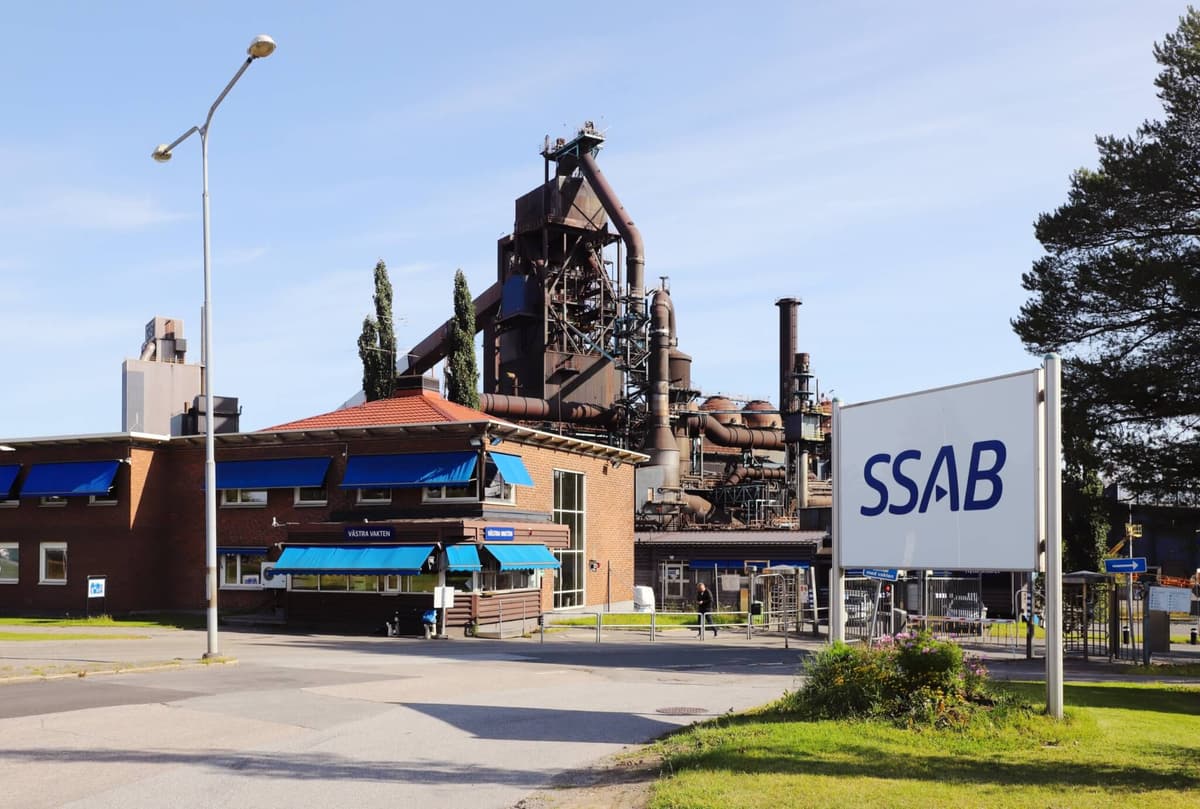EU Funds SSAB to Decarbonize Steel Production with Renewable Hydrogen
Key Ideas
- The European Commission approves a €128m state aid to support SSAB in decarbonizing its steel production using renewable hydrogen and transitioning to an electric steel mill.
- SSAB aims to achieve nearly zero-emission steel production by 2030, with plans to bring fossil-free steel to market by 2026 and produce it across all sites by around 2030.
- The funding will enable SSAB to accelerate their switch to electrified steelmaking, contributing to the EU's goal of climate neutrality by 2050 and significantly reducing CO2 emissions.
- The project also aligns with the European Green Deal, Green Deal Industrial Plan, and REPowerEU Plan, aiming to end dependence on Russian fossil fuels and accelerate the green transition in the steel industry.
The European Commission has approved a €128m state aid to support SSAB in decarbonizing its steel production using renewable hydrogen. This support, provided under the Just Transition Fund, will assist SSAB in transitioning to an electric steel mill through the installation of an electric arc furnace and related equipment. The electric steel mill will utilize steel scrap and direct reduced iron produced using renewable hydrogen, aiming to produce nearly zero-emission steel. SSAB's goal is to bring fossil-free steel to market by 2026 and have it produced at all its sites by 2030. This project aligns with the European Union's targets for climate neutrality by 2050 and will significantly reduce CO2 emissions.
The funding will accelerate the project by three years, with the new installation expected to start producing green steel by 2029. SSAB also commits to sharing its experience and technical know-how gained through this project with industry and academia. The article highlights the importance of reducing emissions in the steel industry and notes that the blast furnace route remains GHG emissions intensive. However, the gradual replacement of natural gas with hydrogen in the direct reduced iron process is seen as a step towards decarbonization. The DRI-EAF route, although mature, lacks flexibility, but efforts are being made to improve its environmental impact. Overall, the initiative to decarbonize steel production with renewable hydrogen is a positive step towards achieving sustainability and reducing the industry's carbon footprint.
Topics
Europe
Renewable Energy
Sustainability
Decarbonization
Steel Industry
European Green Deal
CO2 Emissions
Fossil Fuels
Electric Arc Furnace
Latest News
